Sri Lanka, a mesmerizing island nation located in South Asia, stands as a beacon of natural beauty and cultural richness. Known for its extensive history that dates back thousands of years, this tropical paradise offers a unique blend of ancient traditions and modern charm. The country’s diverse landscapes, from golden sandy beaches and lush tea plantations to bustling cities and serene rural areas, make it an ideal destination for any traveler seeking both adventure and tranquility.
With its warm tropical climate, Sri Lanka provides a welcoming atmosphere year-round. The island’s people are renowned for their hospitality, always ready to share their vibrant culture and traditions with visitors. This burgeoning favorite among global travelers offers a myriad of experiences, whether you’re exploring ancient ruins, savoring the exquisite cuisine, or embarking on a wildlife safari.
Sri Lanka Tour Guide 2025
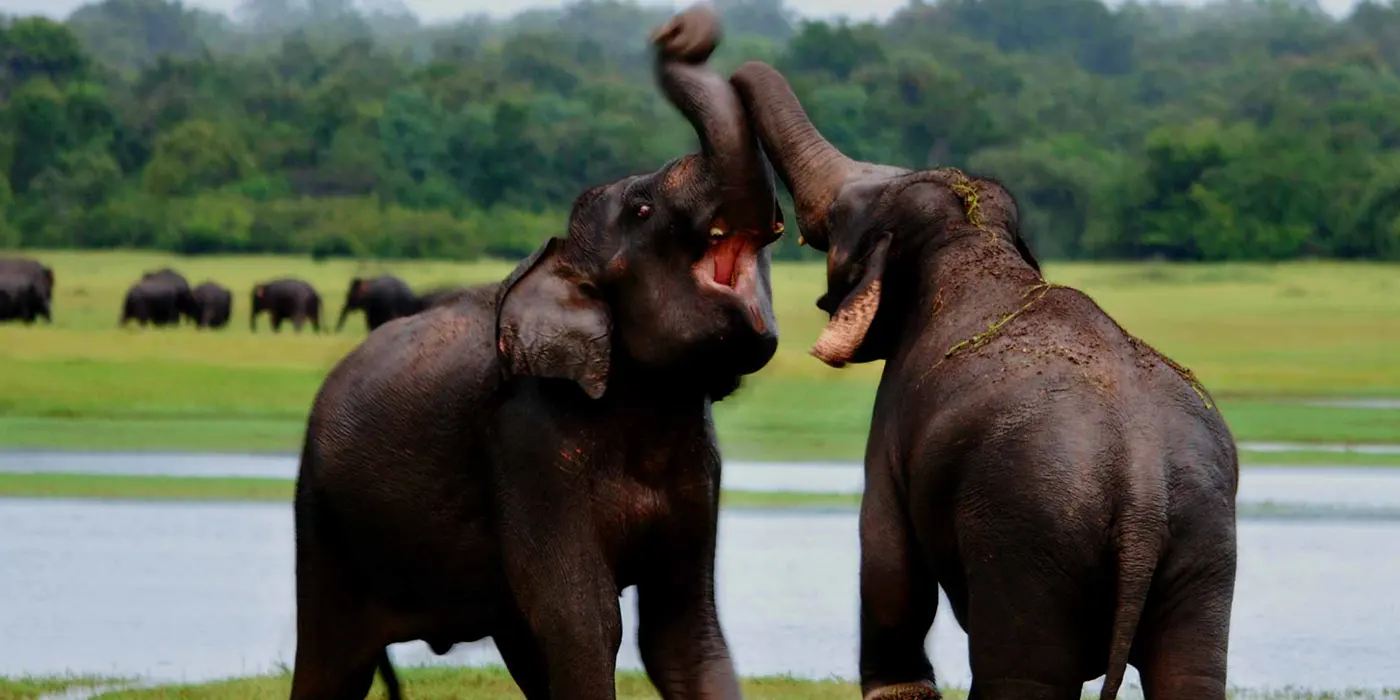
This article, curated by the highly-regarded Lanka Tour Experts, is designed to be your ultimate Sri Lanka tour guide. It aims to furnish you with all the essential information and insider tips to ensure you make the most of your journey to this enchanting destination. Whether you are a first-time visitor or a seasoned traveler, our comprehensive guide will help you navigate the island’s myriad attractions, ensuring an unforgettable Sri Lankan adventure.
Best Time to Visit Sri Lanka
Sri Lanka, an island nation blessed with a tropical climate, offers a diverse range of experiences throughout the year. Its unique geographical positioning subjects it to two distinct monsoon seasons. This climatic diversity makes the country a year-round destination, with every season bringing its own charm and opportunities for exploration.
The southwest monsoon, known as the Yala monsoon, affects the west and south coasts, as well as the hill country, between May and September. On the flip side, the northeast monsoon, or Maha monsoon, impacts the east coast from October to January. This alternating monsoon pattern ensures that while one part of the island might experience rain, the other remains dry and ideal for travel. Hence, understanding these seasonal shifts is crucial for planning a perfect Sri Lanka tour guide.
Suggested reading: Sri Lanka Weather: Best & Worst Time to Visit by Month
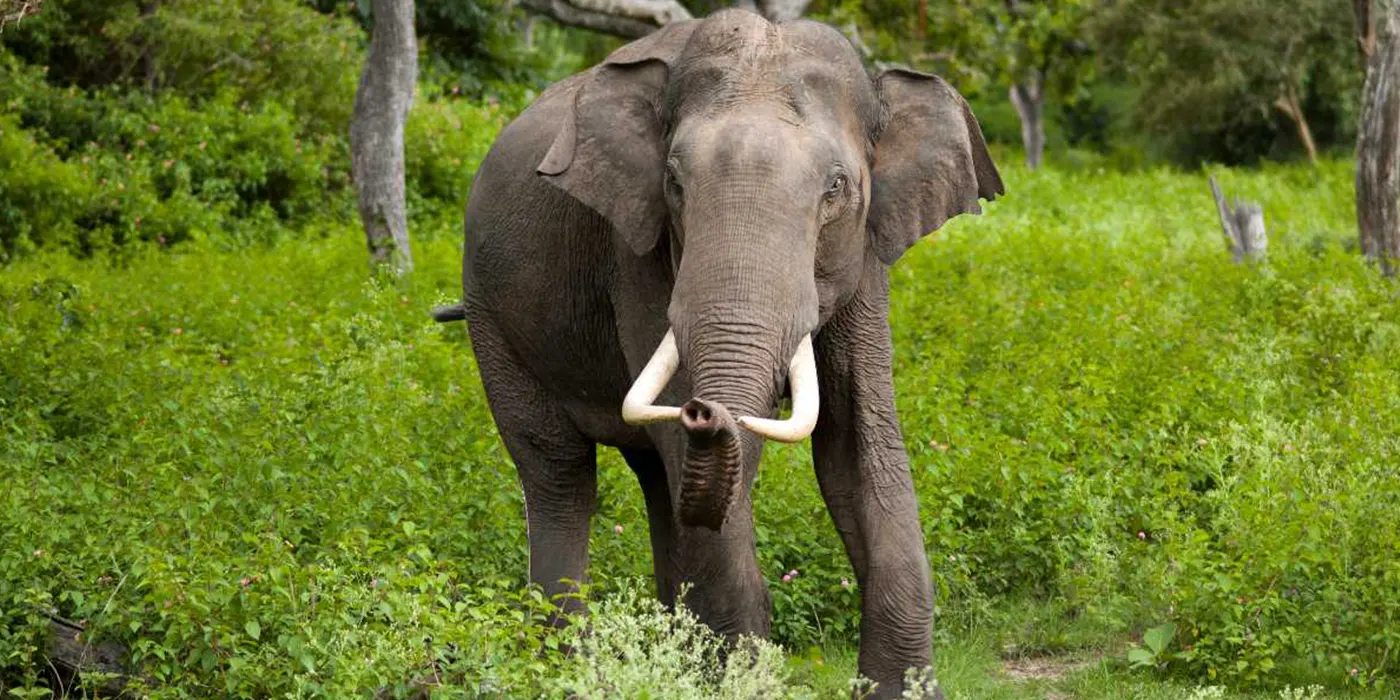
Sri Lanka Holiday Packages
Our Sri Lanka tour packages offer the perfect way to explore this beautiful island. We have a variety of packages to choose from, so you can find one that fits your interests and budget. We can also create a custom itinerary for you. Click to Start Your Adventure!
For sun-seekers and beach lovers, the best time to visit the west and south coasts, including popular destinations like Colombo, Galle, and Mirissa, is from December to March. These months promise sunny skies and calm seas, ideal for beach activities and coastal exploration. Conversely, the east coast, with its pristine beaches in Trincomalee and Arugam Bay, is best visited from April to September. During this period, the weather is perfect for diving, surfing, and other water sports.
To avoid the peak tourist seasons, consider traveling during the shoulder months—April and September. These periods often present a more relaxed experience, allowing visitors to enjoy the beauty of Sri Lanka without the crowds. Additionally, accommodation and travel costs tend to be lower, offering better value for money.
In essence, the best time to visit Sri Lanka depends on your preferred regions and activities. With this understanding, you can tailor your itinerary to experience the best that this enchanting island has to offer, making your journey both enjoyable and memorable.
Top Attractions in Sri Lanka
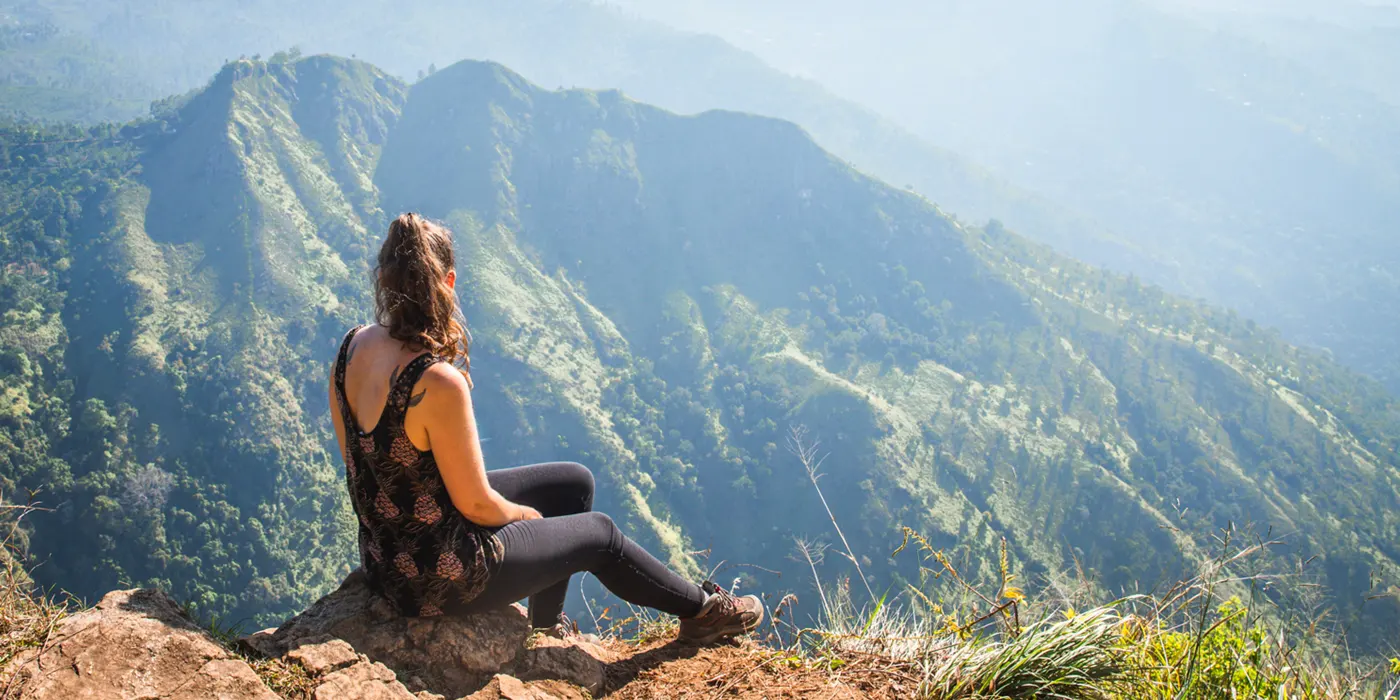
When embarking on a Sri Lanka tour, there are several key attractions that every traveler must include in their itinerary. The ancient cities of Anuradhapura and Polonnaruwa are foundational stops, offering a glimpse into the rich historical and cultural tapestry of the island nation. These UNESCO World Heritage Sites are replete with well-preserved ruins, intricate temples, and colossal statues that narrate the story of Sri Lanka’s illustrious past.
The rock fortress of Sigiriya, also known as Lion Rock, is another iconic landmark. This awe-inspiring structure rises majestically from the central plains, housing the remnants of an ancient palace and elaborate frescoes that dazzle visitors. The panoramic views from the summit are nothing short of breathtaking, making it a must-visit on any comprehensive Sri Lanka tour guide.
The sacred city of Kandy, home to the revered Temple of the Tooth Relic, is a spiritual and cultural hub. Nestled amidst lush hills, Kandy offers a serene escape with its picturesque lake and vibrant cultural performances. The annual Esala Perahera festival is a grand spectacle that attracts visitors from around the globe.
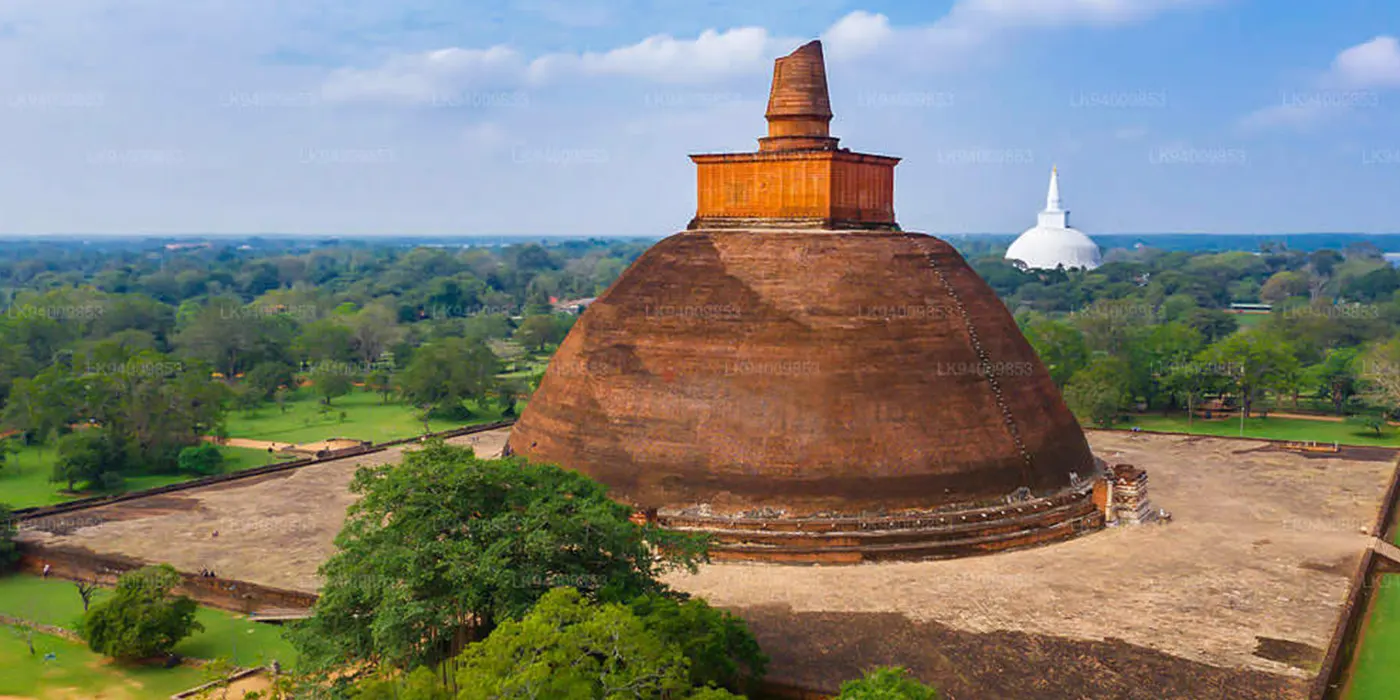
For nature enthusiasts, the tea plantations of Nuwara Eliya present a tranquil retreat. Often dubbed “Little England” for its colonial architecture and cool climate, Nuwara Eliya is surrounded by verdant tea estates where visitors can learn about the tea production process and savor some of the world’s finest brews.
Sri Lanka’s natural wonders are equally captivating. Yala National Park, renowned for its high density of leopards, offers thrilling wildlife safaris. The pristine beaches of Mirissa are ideal for relaxation and whale watching, while the scenic train ride from Kandy to Ella provides a picturesque journey through lush landscapes, misty mountains, and cascading waterfalls.
These top attractions encapsulate the diverse allure of Sri Lanka, making it an unforgettable destination for travelers seeking both cultural enrichment and natural beauty.
Cultural Experiences
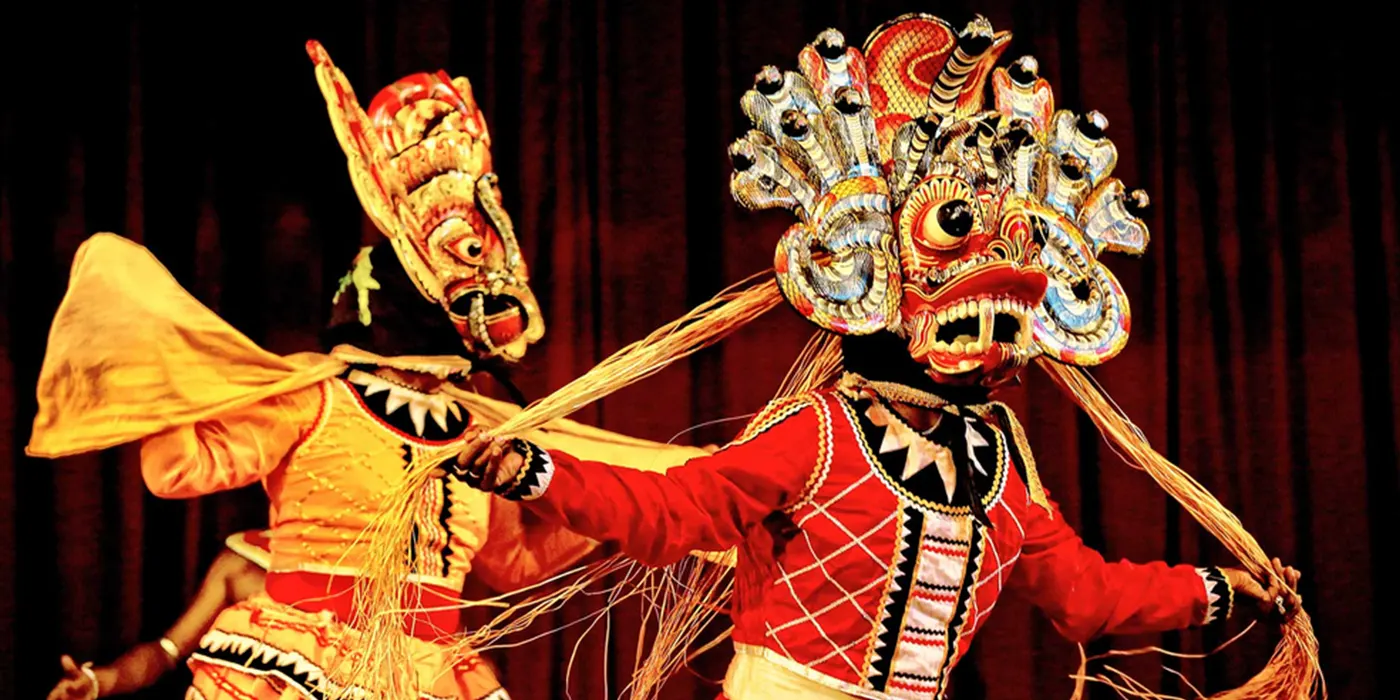
Sri Lanka, a land of timeless charm, offers a plethora of cultural experiences that captivate the hearts of travelers. A quintessential highlight is the Esala Perahera in Kandy, one of the oldest and grandest Buddhist festivals in the world. This vibrant event features a spectacular procession of drummers, dancers, and ornately adorned elephants, celebrating the sacred tooth relic of the Buddha. Attending this festival provides a profound insight into the island’s religious fervor and traditions.
Food enthusiasts will find Sri Lanka a culinary paradise. The local cuisine, a tantalizing blend of spices and flavors, is a must-experience element of any Sri Lanka tour guide. Iconic dishes like rice and curry, a staple in Sri Lankan households, offer a delightful array of tastes from mild to fiery. Other culinary delights include hoppers, kottu roti, and seafood specialties, reflecting the island’s rich coastal heritage. Participating in a local cooking class can further enhance your understanding of these delectable dishes.
Ayurveda, the ancient system of traditional healing, holds a significant place in Sri Lankan culture. Many travelers seek Ayurveda treatments to rejuvenate their bodies and minds. From herbal baths to relaxing massages, these practices embody the island’s holistic approach to wellness. Visiting an Ayurvedic spa or an authentic herbal garden can be a transformative experience, offering a deep connection to Sri Lanka’s natural bounty.

Exploring the island’s spiritual sites is another cultural cornerstone. The Temple of the Sacred Tooth Relic in Kandy, the ancient city of Anuradhapura, and the rock fortress of Sigiriya are just a few of the awe-inspiring sites that narrate the country’s rich historical tapestry. Interacting with local artisans, attending cultural shows, and visiting bustling markets further enrich the cultural tapestry. These activities allow travelers to witness the artistry and craftsmanship that have been passed down through generations.
In essence, Sri Lanka’s cultural experiences are a vivid reflection of its diverse heritage, offering travelers a unique and enriching journey through time and tradition.
Outdoor Adventures
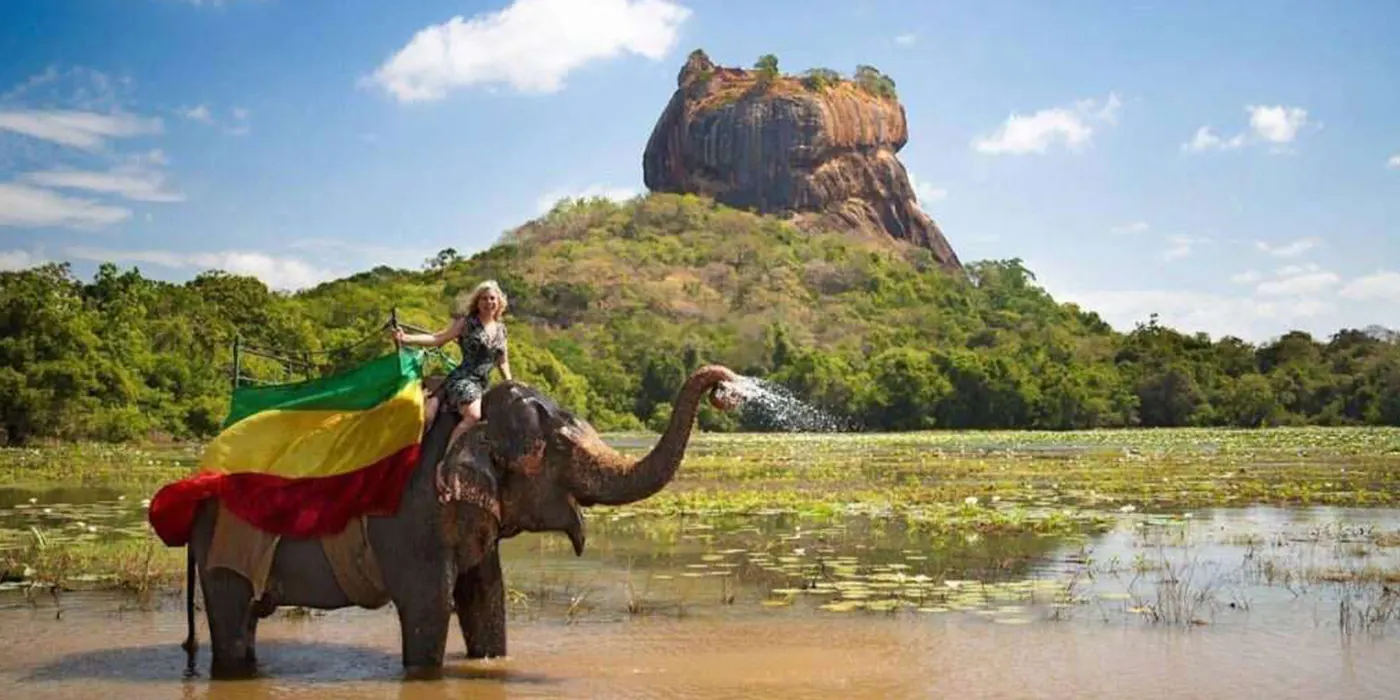
Sri Lanka, a treasure trove of natural beauty, offers a myriad of outdoor adventures catering to every kind of adventurer. For those seeking an exhilarating experience, hiking in the Knuckles Mountain Range is a must. This UNESCO World Heritage site provides stunning landscapes and diverse flora and fauna, making it a haven for nature enthusiasts. The challenging trails offer a rewarding experience for both novice and seasoned hikers.
Surfing enthusiasts will find their paradise in Arugam Bay, renowned globally for its consistent waves and vibrant surf culture. The bay’s laid-back atmosphere and friendly local community make it an ideal spot for both beginners and experienced surfers looking to catch the perfect wave.
Marine life lovers can embark on an unforgettable whale watching tour in Mirissa. The waters off the southern coast are home to blue whales, sperm whales, and playful dolphins, offering a once-in-a-lifetime opportunity to witness these magnificent creatures in their natural habitat. The optimal time for whale watching is from November to April when the seas are calm and sightings are frequent.

Explore Sri Lanka in 8 Days!
Our top-rated all-inclusive itinerary – includes transportation, services, and bed % breakfast hotels. Discover why it’s our bestselling journey! Click to Start Your Adventure!
Wildlife enthusiasts can explore Sri Lanka’s numerous national parks, such as Yala, Udawalawe, and Wilpattu, through exciting safaris. These parks are sanctuaries for a wide variety of wildlife, including leopards, elephants, sloth bears, and exotic bird species. A guided safari tour provides a closer look at the rich biodiversity and helps ensure a safe and respectful encounter with the animals.
For water sports aficionados, Sri Lanka’s coastline offers an array of activities such as snorkeling, scuba diving, jet-skiing, and windsurfing. The crystal-clear waters and vibrant coral reefs make it a perfect playground for underwater exploration.
Camping and eco-tourism are other popular outdoor activities, allowing travelers to immerse themselves in nature and experience sustainable tourism. Whether it’s camping under the stars in a national park or staying in an eco-lodge surrounded by lush greenery, these activities provide a unique way to connect with the island’s natural beauty.
Travel Tips and Practical Information

When planning your visit with the ultimate Sri Lanka tour guide, it’s essential to consider several practical aspects to ensure a smooth and enjoyable trip. Firstly, most travelers will need a visa to enter Sri Lanka. You can easily apply for an Electronic Travel Authorization (ETA) online before your departure. Ensure your passport is valid for at least six months from your arrival date.
Health and safety should be a priority. Recommended vaccinations for Sri Lanka include Hepatitis A, Hepatitis B, Typhoid, and Tetanus. It’s also wise to consult your healthcare provider about any additional vaccinations or health precautions. Travel insurance is highly recommended to cover any medical emergencies, trip cancellations, or other unforeseen events.
Understanding local customs and traditions is crucial to show respect and appreciation for Sri Lankan culture. The local currency is the Sri Lankan Rupee (LKR), and it’s advisable to carry cash for small transactions, as not all establishments accept credit cards. Sinhala and Tamil are the official languages, but English is widely spoken, particularly in tourist areas.
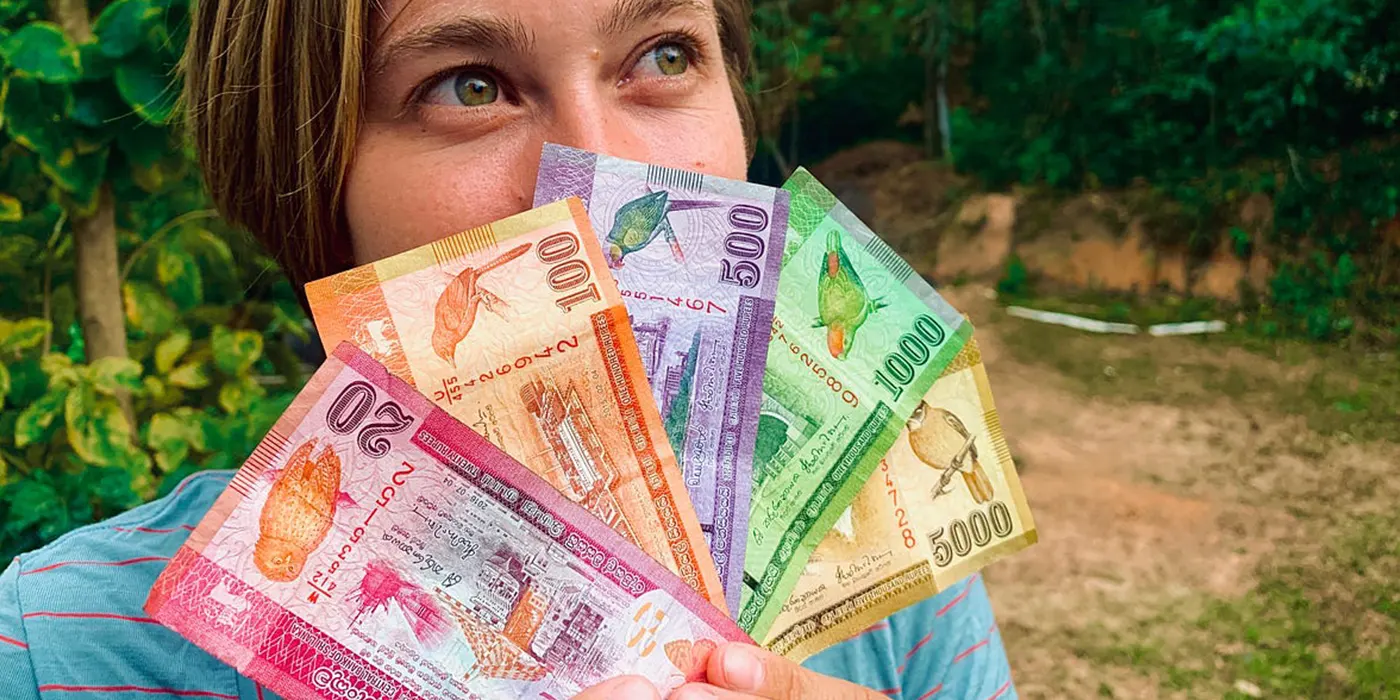
Sri Lankan Currency: Everything You Need to Know About (LKR)
Sri Lanka’s currency system comprises banknotes and coins of various denominations, catering to the diverse needs of its population and visitors. Banknotes feature iconic symbols of Sri Lanka, such as heritage sites, wildlife, and traditional dances…
Transportation options in Sri Lanka are diverse. You can choose from trains, buses, tuk-tuks, and taxis. Trains offer scenic routes, especially along the coast and through the hill country. Buses are a cost-effective mode of transport, while tuk-tuks are ideal for short distances and offer a unique local experience. For a more comfortable journey, taxis and ride-hailing apps such as PickMe are also available.
Respecting local traditions and the environment is vital. Dress modestly, particularly when visiting religious sites, and always remove your shoes before entering temples. Avoid using plastic as much as possible and dispose of waste responsibly. By following these tips, you can contribute positively to the preservation of Sri Lanka’s natural beauty and cultural heritage.
Accommodation Options

Sri Lanka offers a diverse array of accommodation options, catering to various budgets and preferences. From opulent luxury resorts and charming boutique hotels to budget-friendly guesthouses and eco-lodges, travelers can find the perfect place to stay according to their needs.
For those seeking luxury and exclusivity, Sri Lanka’s luxury resorts are unparalleled. These resorts often feature private beaches, infinity pools, world-class dining, and top-notch service. Notable mentions include the Taj Bentota Resort & Spa, situated on the southwestern coast, and the Shangri-La’s Hambantota Golf Resort & Spa, offering an exquisite blend of comfort and adventure.
Boutique hotels in Sri Lanka provide a unique and personalized experience. These establishments often emphasize local culture and heritage, making them an excellent choice for travelers looking to immerse themselves in the island’s rich traditions. The Kandy House in Kandy and Galle Fort Hotel in Galle are prime examples of boutique accommodations that offer both luxury and cultural enrichment.
For budget-conscious travelers, guesthouses and budget hotels are widely available. These options provide comfortable and affordable lodging without compromising on essential amenities. The Sri Lanka tour guide recommends places like the Pedlar’s Inn in Galle and the Lake Lodge in Colombo for travelers seeking economical yet pleasant stays.

Eco-lodges are ideal for environmentally conscious tourists. These lodges are designed to have minimal impact on the environment while providing a unique and immersive natural experience. Resorts like Jetwing Vil Uyana in Sigiriya and Gal Oya Lodge near Gal Oya National Park are perfect examples of sustainable tourism in action.
When choosing your accommodation, consider your itinerary and interests. For beach lovers, staying at a coastal resort in Bentota or Mirissa might be ideal. If you are keen on exploring cultural sites, opting for a boutique hotel in Kandy or Anuradhapura would enhance your experience. For nature enthusiasts, eco-lodges near national parks or wildlife sanctuaries offer the best proximity to Sri Lanka’s stunning biodiversity.
Overall, Sri Lanka provides a vast range of accommodation options that cater to different travel styles and budgets, ensuring a memorable and comfortable stay for every visitor.
Frequently Asked Questions (FAQs)
What is the best time to visit Sri Lanka?
Sri Lanka experiences two monsoon seasons, so the best time to visit depends on the region. For the west and south coasts, the ideal time is from December to March. For the east coast, April to September offers the best weather. This ensures you enjoy the optimal conditions for your activities and sightseeing.
Is Sri Lanka safe for travelers?
Sri Lanka is generally considered a safe destination for travelers. However, it is always wise to exercise standard precautions such as avoiding isolated areas at night, safeguarding your belongings, and staying informed about any travel advisories. The local population is known for their hospitality, which enhances the overall safety experience.
Are there any recommended vaccinations for traveling to Sri Lanka?
Prior to your trip, it is advisable to consult with a healthcare professional regarding vaccinations. Commonly recommended vaccinations include Hepatitis A, Hepatitis B, Typhoid, and Tetanus. Depending on your travel plans and health history, additional vaccinations may be suggested.
What are the transportation options in Sri Lanka?
Sri Lanka offers various transportation options catering to different preferences and budgets. For longer distances, trains and buses are popular and economical. Tuk-tuks are a convenient mode for shorter trips within cities. Car rentals and taxis provide more comfort and flexibility. Domestic flights are available for quicker travel between major cities.
How does currency exchange work in Sri Lanka?
The official currency of Sri Lanka is the Sri Lankan Rupee (LKR). Currency can be exchanged at banks, official exchange counters at the airport, and authorized money changers. ATMs are widely available in urban areas, allowing you to withdraw cash in local currency. Credit cards are also accepted in most hotels, restaurants, and shops.
